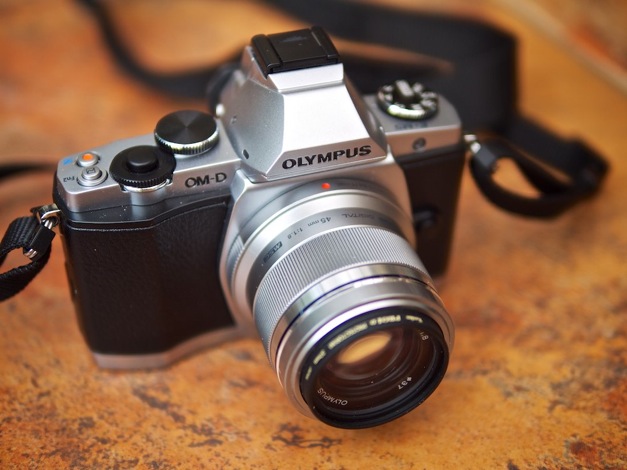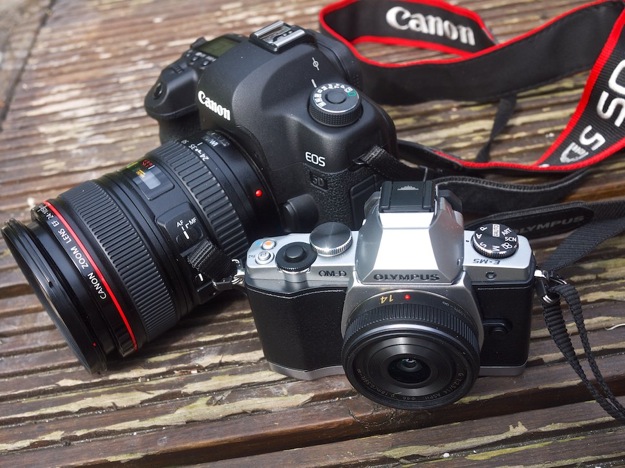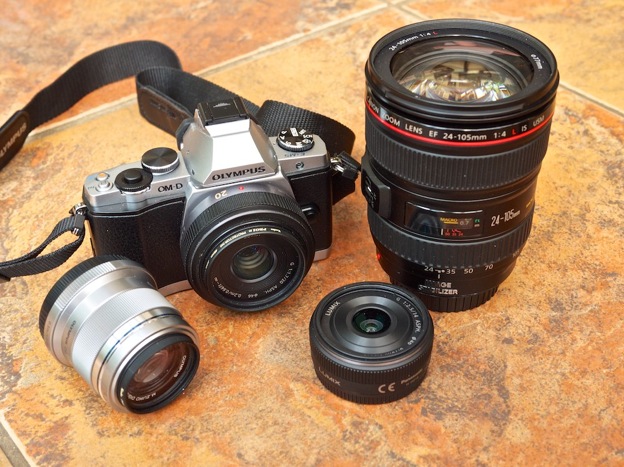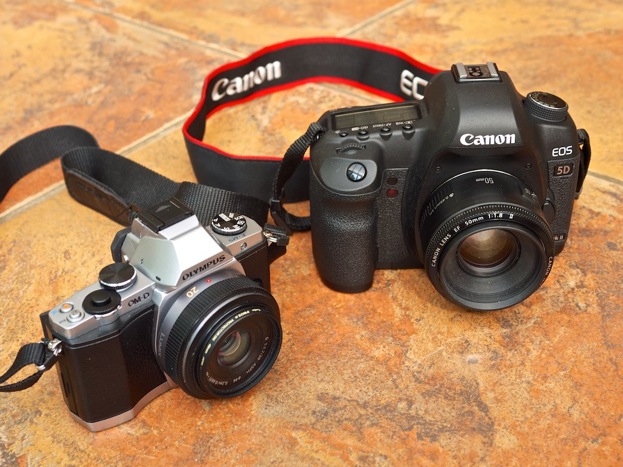
Note: This is a guest article written by my brother who is a very good travel and street photographer and who first introduced me to the Olympus Micro Four Thirds system way back when I was shooting with a Canon 5D Mkii. You can find out more about his travels and perhaps even join him at www.paintedroads.com.
I am often asked “what camera do you use”. My old blog was pretty much dedicated to wobbling around the world on an old bicycle, and until recently this question had never crossed my befuddled mind. But as time moves on and circumstances change photography has become an increasingly important part of my life, both as an expression of the way I see the world, and as an outlet for the passions of a slightly confused fellow drifting through life in his own slightly off-skew sort of a manner.
During those years of drifting along my interest in photography has grown immensely. I originally began photographing my journeys because one of my closest friends, who happens to be a professional photographer, convinced me to do so. “You go to interesting places and do interesting things” he told me, “photograph it!” Well, there seemed little arguing with this logic, and so I followed his instructions, and as time passed I began to get an insight into what photography is about, and as this insight developed so did my interest, and with the developing interest seemed to come a development in ability and understanding of what I was doing. A new awareness of light and life began to emerge. And so did my photography, I think in the direction of travel photography which perhaps explains the question regarding the camera.
Two or three years back in an attempt to lighten my load I tried moving away from my cumbersome Canon DSLR camera and its two lenses to a compact camera. The compact was a great camera for its design brief; a point and shoot camera for the mass market; people who want a camera to make all the decisions beyond composition for them. But for the photographer who wants to take control and tell the camera what to do it was very limited.
Fortunately for me a great new system had just emerged, micro 4/3. Designed jointly by Panasonic and Olympus these cameras have a sensor half the size of a full frame DSLR but around 9 times bigger that a run-of-the-mill compact. IE, it has a sensor big enough to fulfil the needs of pretty much everyone. Micro 4/3 cameras offer full manual control and have a wide array of high quality interchangeable lenses that freely swap between M4/3 brands.
For several years I used Panasonic’s wonderful little GF1, a camera that had, and possibly still has, an almost cult following. Back then the only lens I used was a tiny but perfectly formed Lumix 20mm f1.7 lens. With the sensor being half size this equated to a focal length in 35mm film terms of 40mm. Loitering twixt the classic focal lengths of 35mm and 50mm this was the perfect lens for street photography and travel. For those of you wondering, the lens has an organic zoom system, called legs.
Times move on though and micro 4/3 developed a new darling, the Olympus OM-D EM5. This may not be the catchiest moniker on the market but the camera does, to my mind at least, have the most wonderful styling. Harking back to the Olympus OM range that began life in 1972 the OM-D could easily be misjudged by anyone other than a very keen observer as a relic of an era gone by. This in itself is, to my mind, a bonus for street photography. There is something disarming about odd eccentrics travelling the world by bicycle and using ageing film cameras. People from developing countries cannot quite grasp why a fellow from the land of milk and honey is travelling in the manner of the poor and using technology from the dark ages, and so the luddite traveller is treated with caution and kind concern from a discrete distance. The thing with the OM-D EM5 though is that beneath its ageing exterior lies one of the most advanced cameras ever built for the mass market. Even that stylish exterior is an advanced weather sealed magnesium body, a step beyond all but the most exclusive of Canon DSLR cameras.
And it is a Canon full frame DSR that I have just been comparing my old EM-5 with. For those interested in the technical ins and outs of the OM-D EM5 there has been much written about it over the past couple of years, a good start for real world use would be Robin Wong’s informative review, and for a more technical review look.here.
Time though moves on, and even though the EM5 is very often the camera I grab to take out of an evening when I am fortunate enough to have both cameras with me, it is it’s successor, the outstanding Olympus OMD-EM1 that now travels everywhere with me. But more of that, and the way I travel the world, a little later.



All images on this post were shot using a Panasonic Lumix GF1 (360 grams) combined with a Lumix/Leica 25mm f1.4 lens, a M4/3 heavyweight at 232 grams
